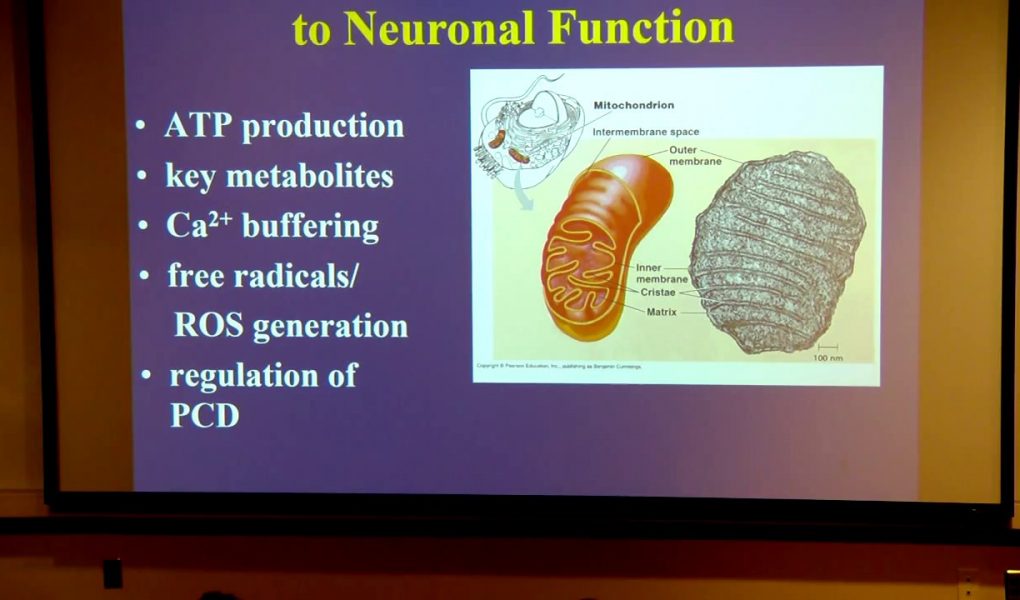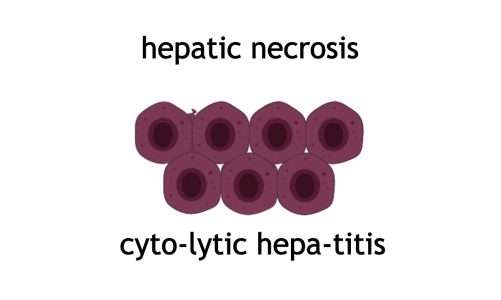Dr. George Perry, dean of the College of Sciences, professor of biology, and holds the Semmes Foundation Distinguished University Chair in Neurobiology at The University of Texas at San Antonio, discusses the role of mitochondria in the oxidative stress of Alzheimer’s Disease.
Mitochondria may underlie oxidative stress in Alzheimer disease (AD) changes since dysfunction is a prominent and early feature of AD. Recent studies demonstrate that mitochondria are dynamic organelles that undergo continual fission and fusion events which regulate their morphology and distribution. Morphometry showed a small but significant reduction in mitochondria number and enlarged size in AD. Levels of the fission/fusion proteins DLP1, OPA1, Mfn1 and Mfn2C were significantly decreased in AD, yet levels of Fis1 were significantly increased. Interestingly, although all these proteins demonstrate even distribution in the cytoplasm and processes of pyramidal neurons in age-matched control hippocampus, they appeared to accumulate in the soma but not in the processes of pyramidal neurons in AD hippocampus. Given that OPA1, Fis1, and Mfn1/2 are all mitochondrial membrane proteins, the changes in their distribution to soma in AD neurons, suggest changes in mitochondria distribution in these neurons. The expression of fission/fusion proteins was manipulated in M17 cells and primary hippocampal neurons in a way that mimicked their expression changes in AD. These manipulations all reduced mitochondrial density in the cell periphery (M17 cells) or neuronal processes (primary neurons) which correlated with reduced spine numbers (primary neurons).
AβPP and Aβ caused reduced expression of DLP1 and OPA1 while increasing expression of Fis1, consistent with our findings in AD brains. Through time lapse study, we were able to demonstrate that mitochondria were able to fuse with each other but at a much slower rate in AβPP overexpressing cells.
Overall, we concluded that AβPP, through amyloid-b production impairs mitochondrial fission/fusion balance through regulation of expression of mitochondria fission and fusion proteins.
GRANT SUPPORT: This project was supported by a National Institutes of Health grant from the National Institute on Minority Health and Health Disparities (G12MD007591) and by the Semmes Foundation.
source


